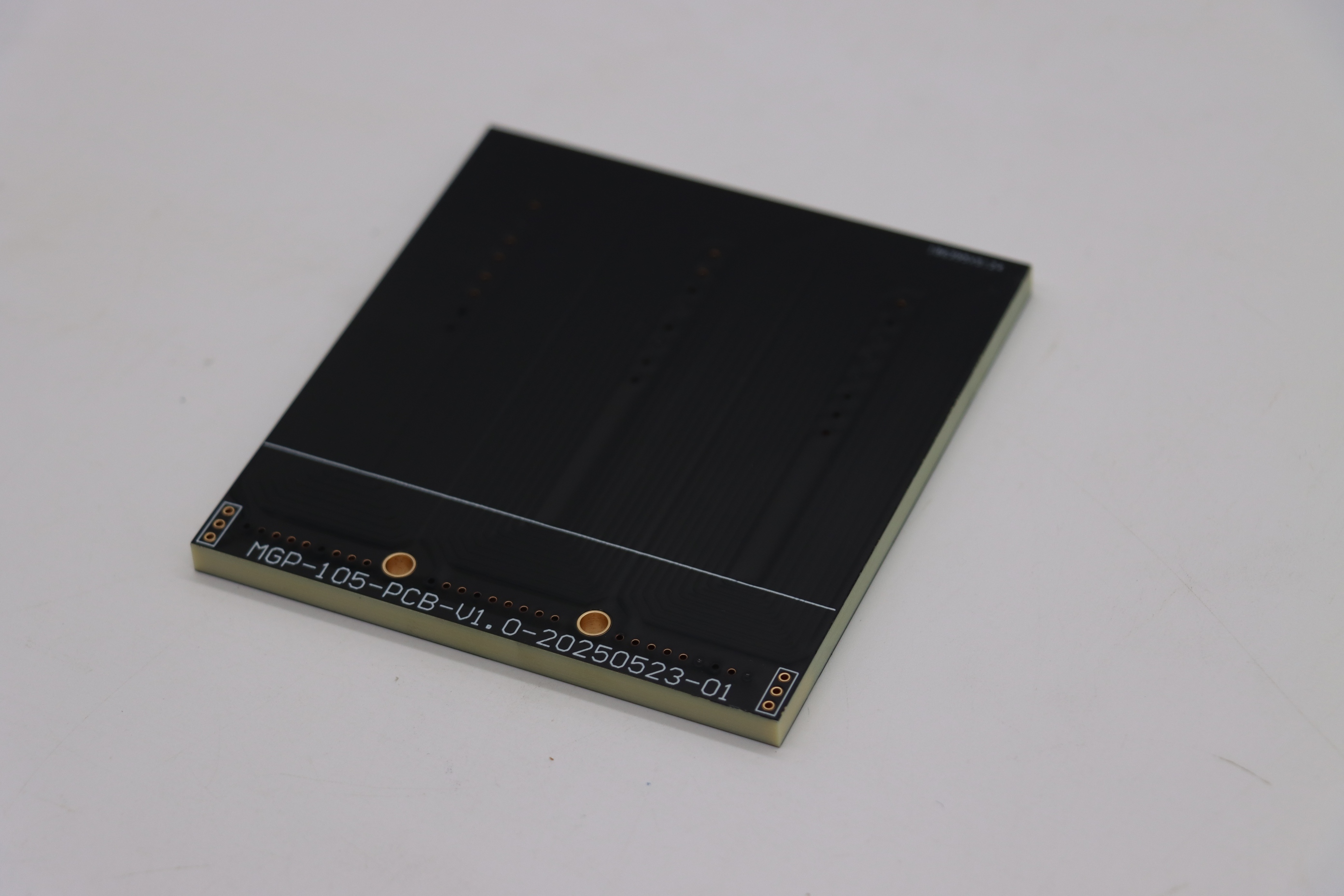In printed circuit board (PCB) manufacturing, heat dissipation is critical—it directly impacts how well electronic devices perform, how long they last, and how reliable they are. Among all the factors that influence a PCB's ability to dissipate heat, copper foil thickness plays a key role.
Basics of Heat Conduction in PCBs
A PCB is made up of multiple layers, and copper foil acts as the main conductor for electrical signals. When current flows through a conductor, resistance heating is unavoidable—that's a fundamental principle of electronics. So, heat generation in PCBs is something we can't avoid. Copper, with its excellent electrical and thermal conductivity, does double duty in managing heat in PCBs.
How Copper Foil Thickness Impacts Heat Dissipation
Lowering Resistance and Reducing Heat
Thicker copper foil has a larger cross - sectional area, which means less electrical resistance. Take high - power gear like server power supplies or top - tier graphics cards, for example—they handle a lot of current. A 2 - ounce copper foil (about 70μm thick) cuts down on resistance way more than a 1 - ounce one (around 35μm). That means less heat gets generated when current moves through, lightening the PCB's overall thermal load. In Copper PCB Manufacturing, getting copper foil thickness right is the first step to making products that dissipate heat well.
Boosting Heat Transfer
Copper is a great heat conductor. Thick copper foil gives more surface area and more thermal mass, which helps heat move more efficiently from hot components—like power transistors and integrated circuits—to other parts of the PCB or to external heat sinks. In tests on multi - layer PCBs for 5G base stations, upping the copper foil thickness in current - carrying layers from 1 ounce to 3 ounces brought the maximum operating temperature of key components down by 20%. Thick copper PCBs really shine in these high - power situations when it comes to heat dissipation.

Industry Status and Trends
Nowadays, as high - power and miniaturized electronics keep advancing, the PCB industry is craving better heat - dissipating PCBs. Take 5G communication, for instance—components are packed tightly, and data zips around at high speeds. That means PCBs need to be great at getting rid of heat, so manufacturers are using thicker copper foil more and more here.
What's more, with the Internet of Things and AI growing fast, edge computing devices—small in size but with high power needs—also need PCBs that manage heat well. This has spurred work on copper - related materials and manufacturing methods to get even better results from using copper foil thickness for heat dissipation. Thick copper PCBs are only going to become more important in future high - power electronics.
PCBgogo's Take
At PCBgogo, we know just how vital copper foil thickness is for PCB heat dissipation. We stay on top of industry trends, always looking into and using the latest manufacturing tech. When we take on a project, we do detailed thermal simulations based on what the customer needs. We figure out the perfect copper foil thickness to make sure heat dissipation is top - notch. Whether it's a high - power industrial control board or a small consumer electronics PCB, we're focused on giving custom solutions that balance performance, cost, and heat management. With our know - how in picking copper foil thickness and designing PCBs, we help customers make high - quality, reliable electronics that stand out in a crowded market.
